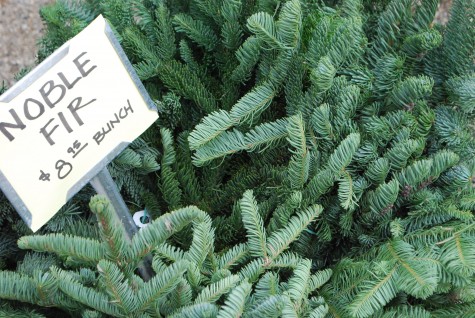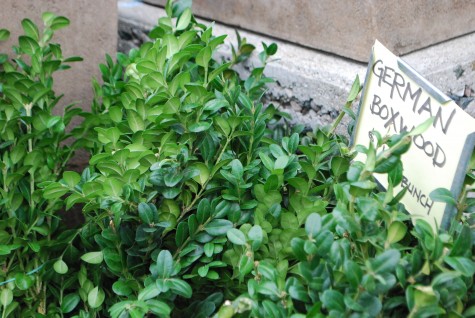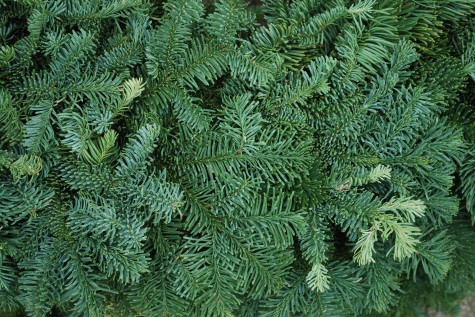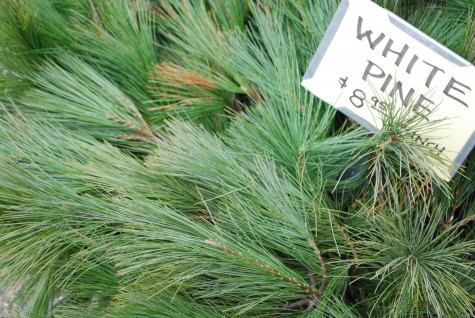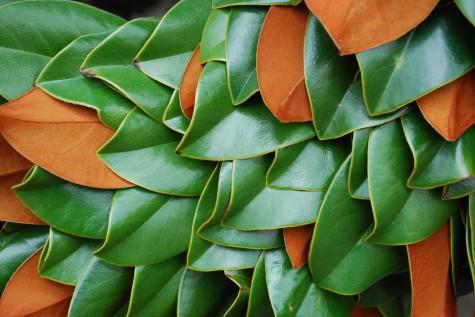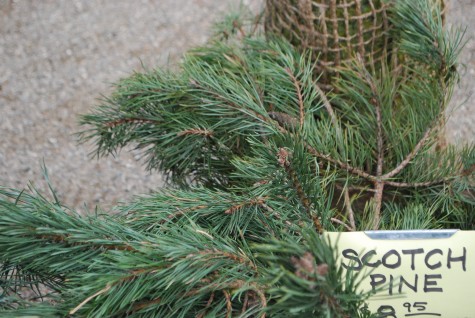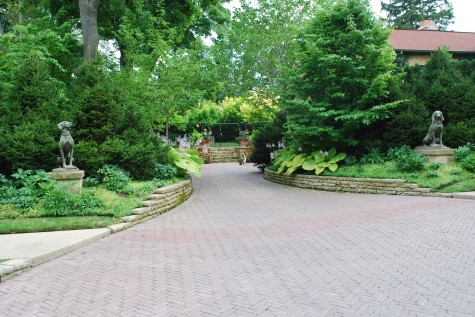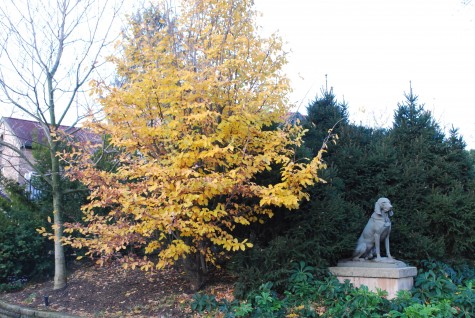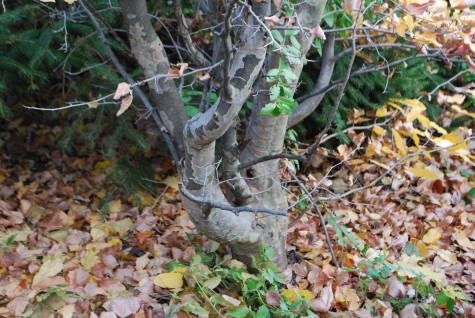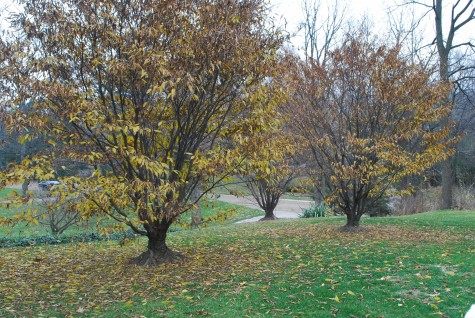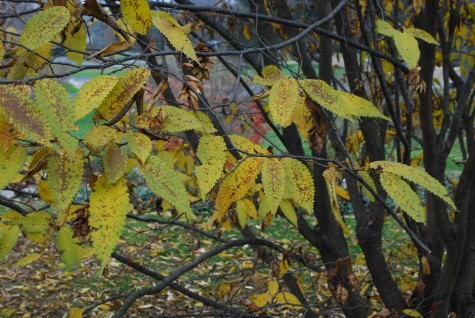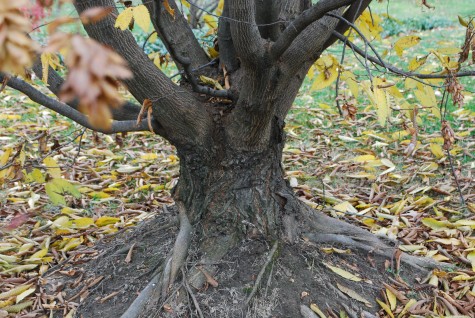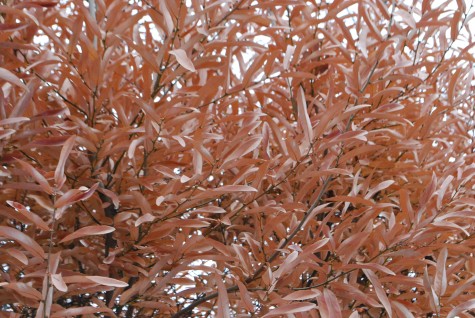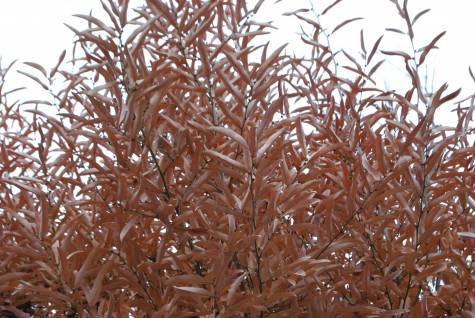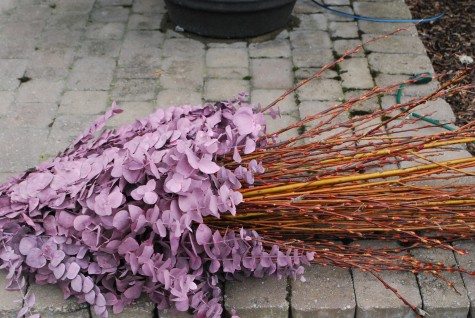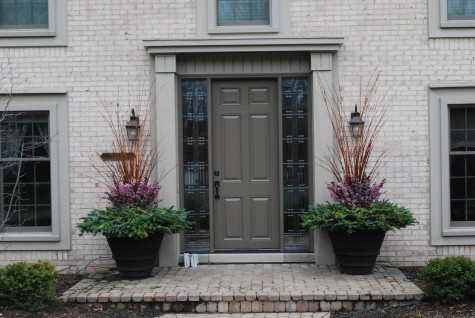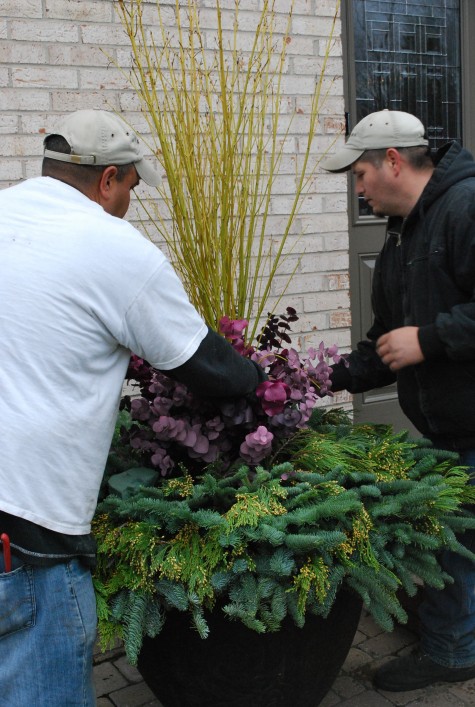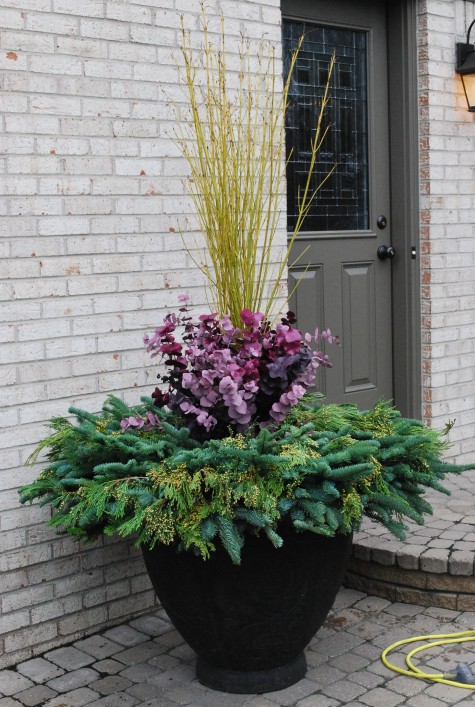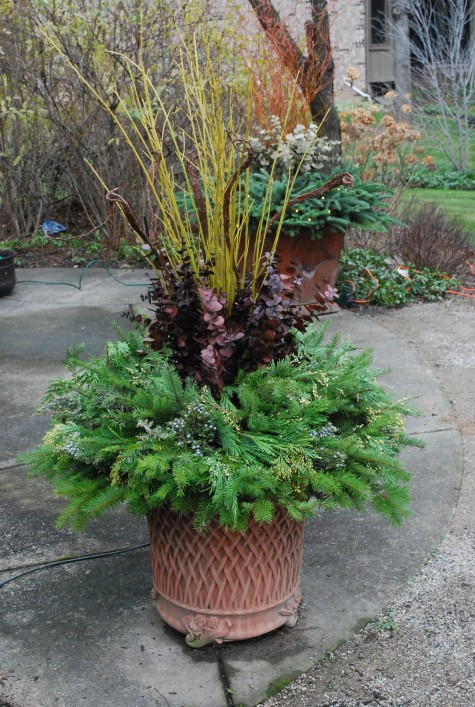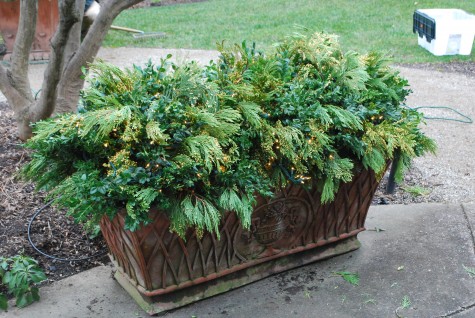I knew I was nuts in love with gardening at a fairly early age. In my mid twenties, a single orchid plant I bought on an inexplicable whim-I set the a slipper orchid potted in green plastic on the picnic table under an oak. This move, the sum total of my interest in the landscape of my rented house in Chapel Hill North Carolina. A week later I had three. 3 months later I had fifty. I could not get enough of those paphiopedilums-the slipper orchids. Caring for the paphs left me barely enough time to go to work. I read everything I could get my hands on. Though some paphs are ephiphytes (air-rooters), and some are lithophytes, they are by and large rooted in what passes in tropical countries for soil-very composty, thin soil. From the Paphs I moved on to the phragmepediums-a logical progression to my mind. Slipper orchids with tails-beautiful.
Orchids make up the second largest family of plants on the planet. This would be in excess of 26,000 species-2 times the number of bird species, and 4 times the number of mammal species. There are easily over 100,000 cultivars of orchid species. Though these statistics make my 50 plants seem like nothing, I was 25 and struggling to make ends meet. Nonetheless, I was busy buying orchids. Making homes for them. Fussing and fretting over them. Moving on from the paphiopedilums to the phragmipediums-I did not have the sense to realize that if I didn’t want to dig myself in deeper, I should quit digging. I have been digging ever since. Should you be familiar with orchid flowers-they are not particularly pretty. They are arresting in form and color. I was mesmerized.
I had a wee garden as a child-my Mom saw to that. I planted radishes, beans, stuck sticks in the ground, collected rocks, built fences and carved stream beds into the ground. Though I remember little from that long ago, I remember that dimunuitive landscape. It was fenced. My Mom made no inquiries-she averted her gaze. She never intruded-she just encouraged me. On occasion, I would invite her to my garden-when I was in a tea party mood. Once I was 10, all of that interest went dormant-until at 25, I saw that orchid. Some circuit got switched on-a three phase electrical system with three hot wires, and one neutral wire. 240 volts, and 100 amps-this is a whomping lot of electricity. I was oblivious to the amperage-after all, all I had done was buy an orchid plant. The paphs and the phrags were followed by the dendrobiums, the oncidiums-I was head over heels nuts in love.
By the time I was 29, in 1979, I had bought 5 acres of land including an unliveable, and uninsurable house. I was blithely unconcerned about the furnace set in a hole under the house-on a dirt floor. My trouble with that would come later. I could not take my eyes off of all of that land. I had land. My nuts in love circuit- switched on. I cajoled a neighbor with an ancient Ford tractor to set giant boulders in a slope I meant for a rock garden. I alone double dug a peony bed some 80 feet long. I mapped out a wild flower garden fully three quarters of an acre, and planted it. Years later, it featured stands of yellow lady slipper orchids, and 2 handsome clumps of cypripedium reginae. Violets of every description bloomed in the lawn and beds as far as the eye could see. I sorely miss that garden. I planted thickets of Michigan holly in the low and swampy spots. I planted starts of acer triflorum-gifts from nurseryman Ed Losely-and dragged the hoses hundreds of feet to keep them watered. A metasequoia from work whose leader had snapped off-I planted that too. I bought so many peonies I finally lined them out like crops. Over the course of 15 years I planted better than 20,000 daffodils in the orchard meadow-most of which were purchased at Frank’s nursery for a nickel a piece after Thanksgiving. I had room for everything, and time for little. I would mow the two acres of grass at night-thank heavens my tractor had a headlight. Gardening with a flashlight-routine. The grime under my nails was a permanent fixture.
That five acre property from my thirties belongs to someone else now-thank heavens. My nuts in love is still three phase-just three different phases. I have the landscape, the shop, and Branch-all of which take lots of energy, and all of which give me lots of energy. No matter how or why I garden, there are card carrying gardeners everywhere nuts in love just like me. How great is this?

